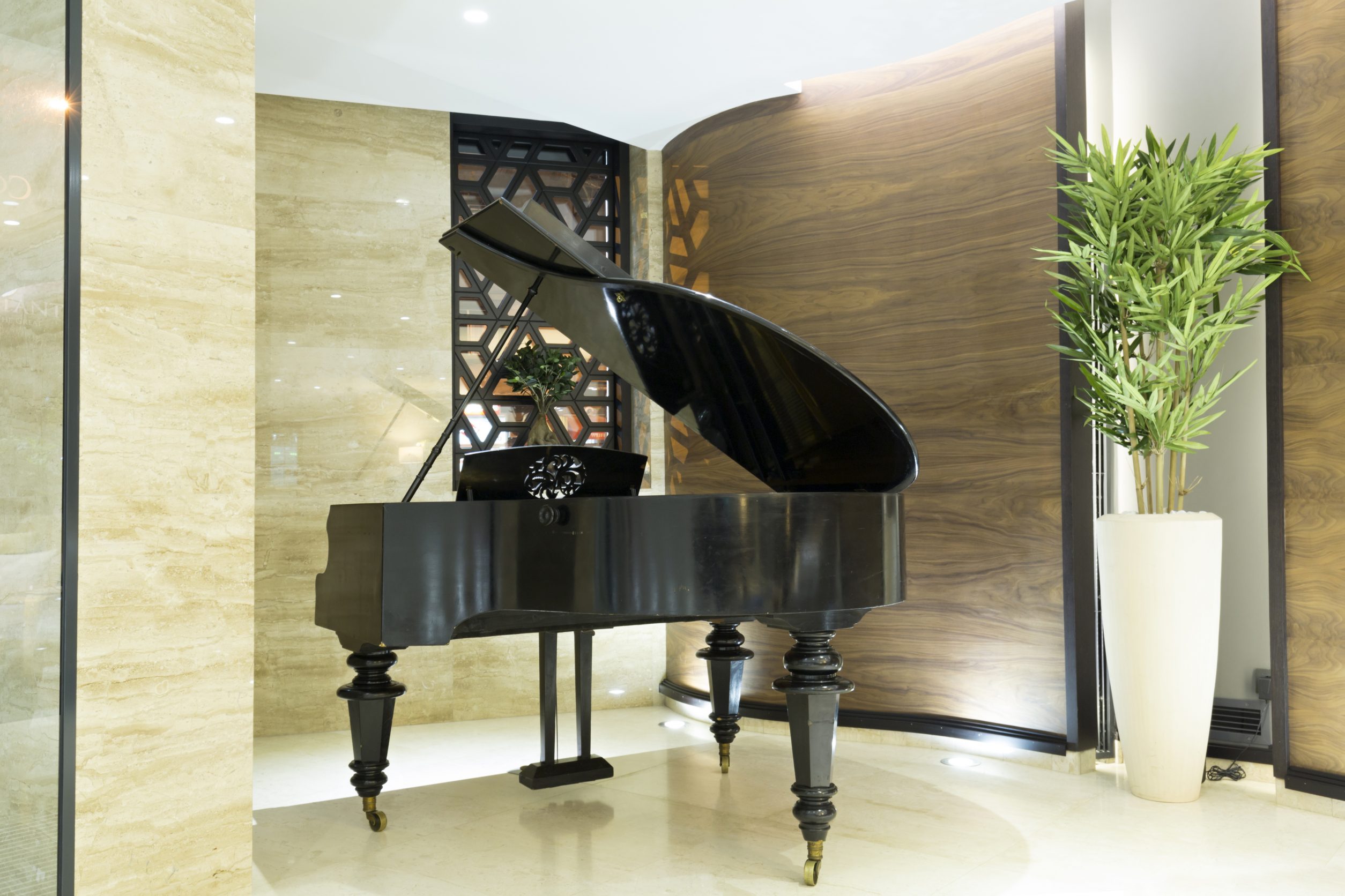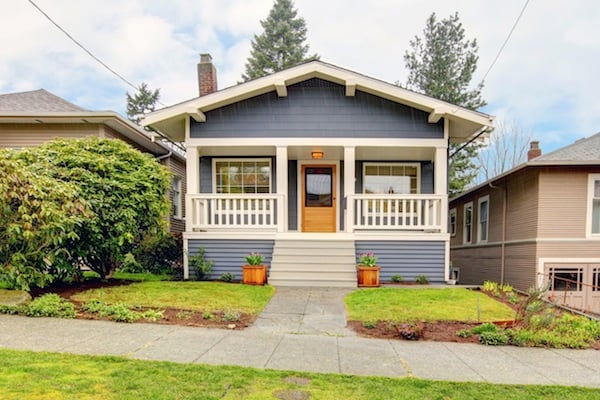So you’ve decided to move your piano DIY-style. Great idea. After all, how hard can it be? It’s not like it’s an expensive, heavy, fragile, delicate, irreplaceable sentimental item that is probably the centerpiece of your living room. And maybe you’re not that emotionally attached to your lower back. Well… at least no one can say you don’t have serious balls.
Let us begin by saying there are many seasoned, professional movers who actually know how to move a piano and that you should definitely give them a call.
Still interested in doing it on your own? Here is what you need to know:
-
It’s all about the weight (distribution)
Pianos are a special kind of heavy. Top heavy, to be more accurate, with light and delicate legs. The key to successfully moving a piano is understanding the way its weight is distributed so as to maintain the instrument’s balance throughout the moving process. Obviously, you don’t want the piano’s surface to be scratched or dented, but there is a whole world of intricate craziness happening inside of it that you want to keep as untouched as possible. Even more importantly, a piano tipping over on you or your friends could lead to serious, serious injury. So make sure you understand just how heavy the piano you’re going to move is.
-
It’s (also) all about teamwork
You will need at least four people to get the job done. Two for the actual lifting and two for handling the equipment and guiding you along corners and into the moving truck. Consider getting as many people as possible to pray for you as well. It can’t hurt, and you’re going to need it.
-
Prep yourself (and your team)
Everybody on your team should wear comfortable clothes and sneakers and avoid any long, dangly jewelry or accessories. If they get tangled in the piano somehow it could lead to some serious misfortune.
-
Prep your piano
Moving a piano calls for some professional gear (and some professional movers but we’ve already covered that). You’re going to need some heavy duty furniture straps, which are used for safer (and easier) lifting and carrying, and two furniture dollies for rolling the piano on flat surfaces. Even if your piano has metal casters, don’t even think about rolling it on them for more than a few inches. They are delicate and will never hold the piano’s weight as stable as moving dollies. Furthermore, if possible, it is best to take the legs apart and move them separately. You should also get some heavy blankets to wrap around the body of the piano and some moving tape to secure them. The lid should be closed and locked, and stuffed with a blanket for extra protection. If your lid doesn’t lock, secure it by taping a blanket over it.
-
Now for the actual moving…
Maintaining balance is your top priority, as this will reduce the chance of any interior damage. With each person on lifting duty holding on to one side of the piano and a furniture dolly under either side, roll the piano as gently as possible to the moving truck. If you have to go up or down more than a couple of stairs, hire professional movers. Seriously, it’s just not worth it. If you just have to go over a bump do it slowly, one set of wheels at a time. When it’s time to roll the piano up the ramp, the left (bass keys) side should be first to board as it is a tad heavier.
-
Moving Truck Tetris
The best and safest place for the piano is as deep inside the truck as possible, so it should be one of the first items to be loaded. You will want to place as many boxes around the piano to support it and tuck miscellaneous items around it to keep it snug. You don’t want the piano to move at all during the drive, so plan in advance to make sure you have enough items securing the piano in place.
-
Welcome to your new home, piano!
You need to know where your piano is going to be placed in your new home before you roll it off the truck. Choose a spot that allows enough room for a player or two, as well as a half circle of enthusiastic sing-alongers next to an inner wall to protect it from moisture, mold, and cold air. Your piano will probably need to be tuned after its adventures on the road but it’s best to wait a while before calling the piano tuner. It will take about a month for the instrument to settle into its new environment, so tuning the piano will be ineffective within that time frame.
-
Get movers
Seriously. It’s a piano, not a three-seater. Ah, don’t forget to tip your movers for doing an excellent job transferring your precious piano from one home to another so skillfully.
If you’re a multi-instrumentalist on the move, check out this blog post for tips on moving other musical instruments. Good luck and Godspeed, you courageous fool you!








